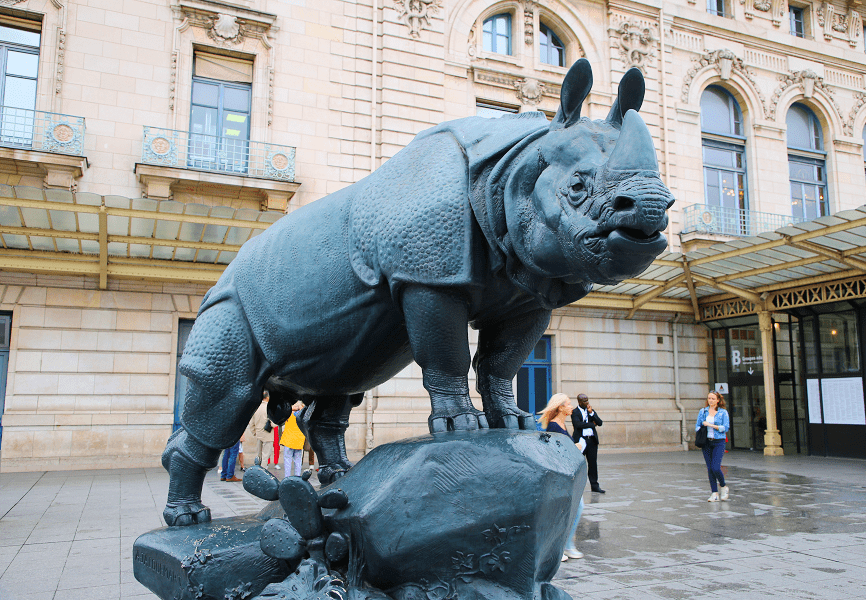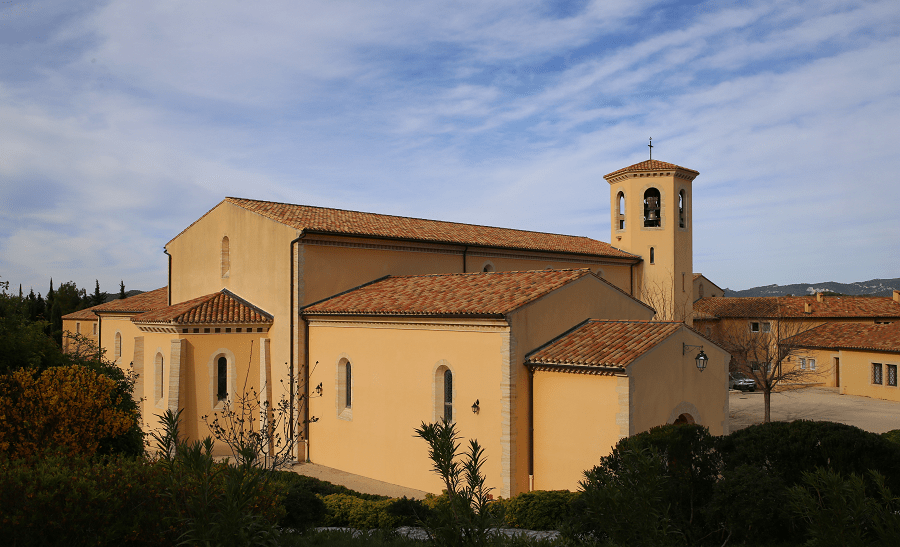The 7th arrondissement of Paris (VIIe arrondissement) is one of the 20 arrondissements of Paris (France).
It is bordered to the south by the 15th arrondissement, to the north by the Seine and the 16th, 8th and 1st arrondissements, and to the east by the 6th arrondissement.
Situated on the Rive Gauche—the “Left” bank of the River Seine—this central arrondissement, which includes the historical aristocratic neighbourhood of Faubourg Saint-Germain, contains a number of French national institutions, among them the National Assembly and numerous government ministries. It is also home to many foreign diplomatic embassies, some of them occupying outstanding hôtels particuliers.
History
During the 17th century, French high nobility started to move from the central Marais, the then-aristocratic district of Paris where nobles used to build their urban mansions, to the clearer, less populated and less polluted Faubourg Saint-Germain.
The district became so fashionable within the French aristocracy that the phrase le Faubourg has been used to describe French nobility ever since. The oldest and most prestigious families of the French nobility built outstanding residences in the area, such as the Hôtel Matignon, the Hôtel de Salm, and the Hôtel Biron.
After the Revolution many of these mansions, offering magnificent inner spaces, many reception rooms and exquisite decoration, were confiscated and turned into national institutions. The French expression “les ors de la Republique” (literally “the golds of the Republic”), refers to the luxurious environment of the national palaces (outstanding official residences and priceless works of art), comes from that time.
During the Restauration, the Faubourg recovered its past glory as the most exclusive high nobility district of Paris and was the political heart of the country, home to the Ultra Party. After the Fall of Charles X, the district lost most of its political influence but remained the centre of the French upper class’ social life.
During the 19th century, the arrondissement hosted no fewer than five Universal Exhibitions (1855, 1867, 1878, 1889, 1900) that have immensely impacted its cityscape. The Eiffel Tower and the Orsay building were built for these Exhibitions (respectively in 1889 and 1900).
Main sights
Boulevard Saint-Germain (partial)
Boulevard Raspail (partial)
Musée national de la Légion d’Honneur et des Ordres de Chevalerie
National Memorial to the Algerian War
Palais Bourbon, meeting place of the National Assembly
Main bridges
Passerelle Léopold-Sédar-Senghor
Transport
Paris metro and RER
(M) (8) (Military School, La Tour-Maubourg and Invalides).
(M) (10) (Ségur, Duroc, Vaneau and Sèvres – Babylon).
(M) (12) (National Assembly, Solférino, Rue du Bac et Sèvres – Babylone).
(M) (13) (Invalides, Varenne, Saint-François-Xavier and Duroc).
(RER) (C) (Champ de Mars – Eiffel Tower, Pont de l’Alma, Invalides and Musée d’Orsay).
Main facts
- Area: 4.09 km2 (1.58 sq mi)
- Population: (2020) 48,520
- Density 11,863/km2 (30,730/sq mi)
- INSEE code: 75107
See more:



















